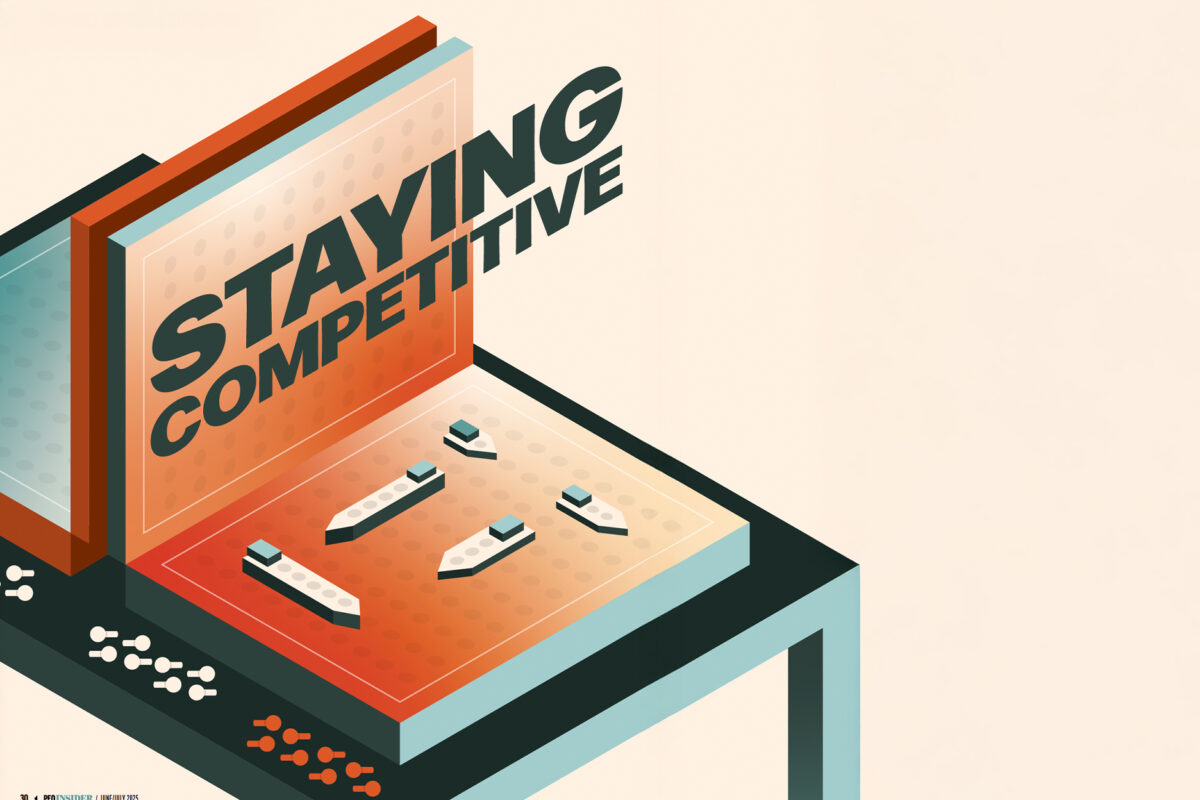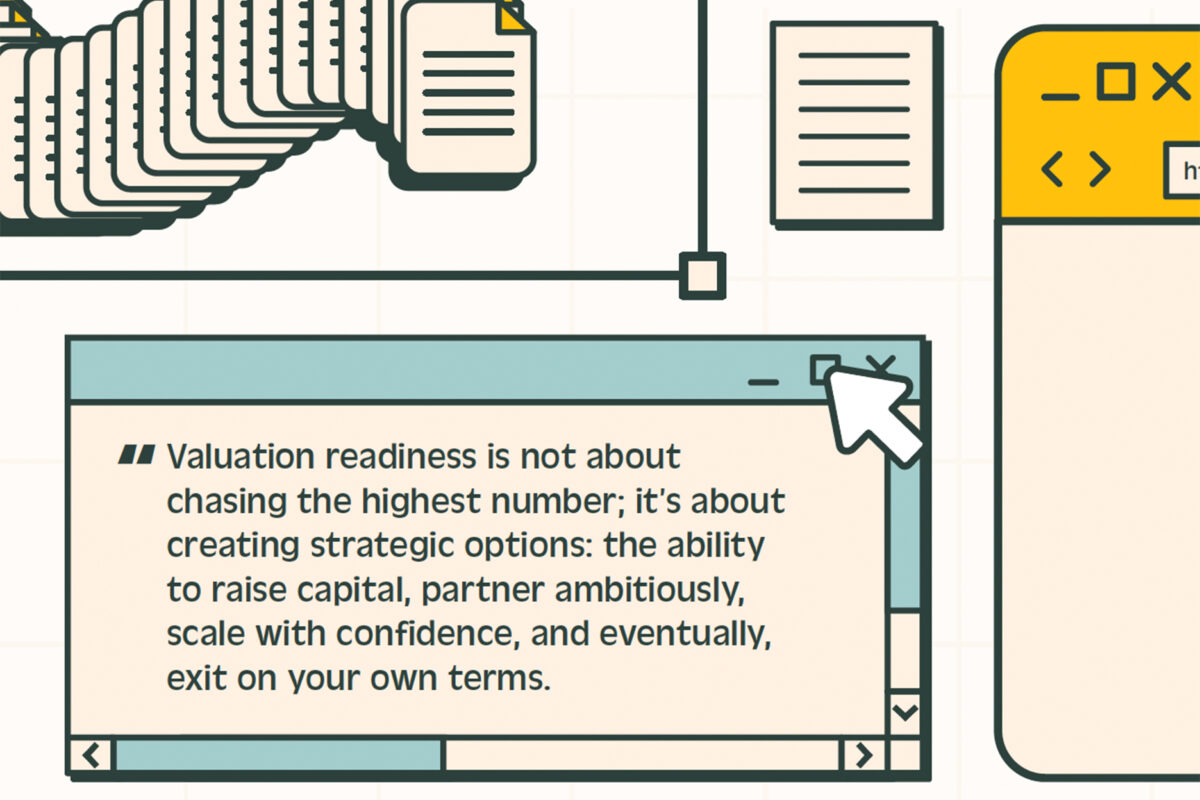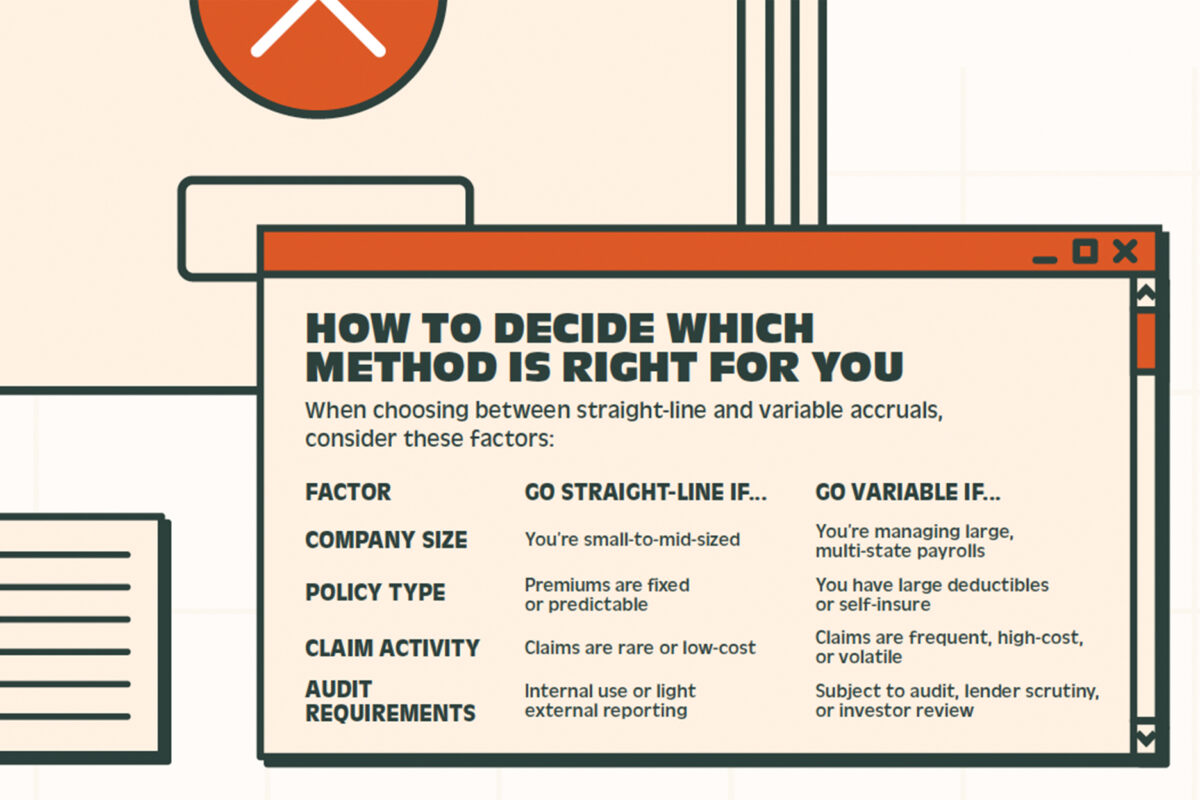SMART RESPONSES TO TARIFFS AND CASH CONSTRAINTS
With the new tariff policies dominating headlines, proactively managing risk is essential. Businesses must stay ahead of the turbulence by monitoring cash flow and acting decisively to protect the bottom line and customer relationships. Taking strategic action now may not fully insulate your business from the changing environment but may help mitigate some of the worst impacts and position you to respond effectively.
CASH IS KING
The most important step when facing uncertainty is to assess and protect your cash position. Tariff related disruptions, inventory purchases, or reshoring investments can quickly strain working capital. Without adequate liquidity the best laid plans are doomed to fail. That’s why one of the first things turnaround consultants do in a crisis is implement a 13-week cash flow model. This tool is just as valuable for healthy businesses navigating uncertainty as it is for distressed ones.
A 13-week cash flow provides a rolling, short-term forecast of your business’s inflows and outflows. It allows you to see when and where cash might get tight and helps guide decision-making around expenses, vendor payments, and customer collections. This visibility is crucial if you’re preparing for unpredictable cost fluctuations or shifts in revenue due to market turbulence. There are many resources online discussing the methods of preparing these, but you are essentially detailing out your expected cash inflows and outflows on a weekly basis.
After gaining some visibility into the short-term forecast, start evaluating opportunities to free up working capital. Things like:
- Accelerating Receivables
- Negotiating extended payment terms with suppliers
- Pausing non-essential capital expenditures
- Securing or expanding credit facilities
When cash is tight it’s easy to be reactive, but in the current turbulence you may need to act strategically, with confidence. Gaining visibility into your current and future cash position will help you make smart decisions for the long term.
DIVERSIFY SUPPLY CHAINS PROACTIVELY
Build Inventory Buffers. The first step that businesses should take when facing new tariffs is to build inventory buffers. Tariffs, particularly those resulting from political disagreements, may be resolved with new trade agreements and negotiations. By increasing your inventory of critical goods now, you can weather a temporary storm without immediately passing costs onto your customers. This buys you valuable time to implement longer-term strategies like nearshoring and reshoring, as well as time to communicate thoughtfully with your customers about necessary changes. Watch your cash position when building an inventory buffer and make sure you don’t over-extend yourself. Often, the cash flow can be a smaller cost compared to losing customers over sudden price hikes or missed deliveries.
Explore Nearshoring and Reshoring. If your business relies heavily on China or other regions subject to punitive tariffs, consider nearshoring to countries exempted from those heavier tariffs.
For businesses with resources and scale, bringing manufacturing back home may be even more attractive. While costs may initially seem higher, efficiencies in transportation, easier oversight, and a reduced risk profile can create long-term savings and customer goodwill. As you explore reshoring options, look for synergies in transportation, warehousing, and overhead that can make a domestic operation more viable.
Pursue Local Incentives. Don’t navigate these challenges alone, there are many other local businesses in the same boat. Use your local associations and industry groups to lobby state and local governments for tax breaks, infrastructure support and other subsidies that can reduce the costs of domestic production or offset increased costs from tariffs. Many localities are eager to support job-creating reshoring efforts.
COMMUNICATE RISING PRICES WITH TRANSPARENCY AND EMPATHY
Pick Up the Phone. Whenever possible, call your key customers directly. Email announcements can feel cold and transactional. Phone calls show that you respect the relationship and are willing to invest time into a conversation. A call allows you to explain the situation with a personal touch.
It goes beyond communication. It’s a real opportunity to build trust and deepen the relationship. Customers appreciate transparency, and hearing your voice reinforces trust far more effectively than a mass email ever could.
Everyone’s Feeling It. Your customers are likely navigating the same pressures, from rising supplier costs to labor and logistics challenges. A little empathy can go a long way. Acknowledging this reality openly can defuse tension. Frame the conversation around shared challenges and mutual resilience.
OPTIMIZE INTERNAL COSTS TO PRESERVE PROFITABILITY
Consider Business Process Outsourcing. For roles that don’t require a physical presence, consider offshore BPO for flexibility and cost savings. Flexibility is a major advantage of BPO. As your business adjusts to volatile market conditions outsourcing gives you the ability to scale staffing levels up or down without the commitments associated with hiring and training full-time employees. This agility can be invaluable when negotiating the uncertainty created by tariffs. BPO also offers substantial cost arbitrage; by tapping into global labor markets, you can often access skilled talent at a fraction of domestic costs. These directly offset tariff-related expenses on physical goods.
Scrutinize Discretionary Spending. Travel, software subscriptions, and entertainment add up quickly. Evaluate non-essential expenses to determine if each is delivering ROI or can be paused or renegotiated.
Be Intentional About Hiring. Hiring decisions matter more than ever during uncertainty. Before filling a vacancy or adding new roles, take a moment to pause and evaluate the real need. A simple mindset shift is to ask: Can we eliminate it? Can we offshore it? Can we automate it? If a role isn’t mission-critical, you may discover that existing staff can absorb the duties or that the task is no longer even necessary. In other cases, the role may be a candidate for BPO. Finally, with AI on the horizon, explore opportunities to streamline processes with automation or by leveraging LLMs.
NAVIGATING CHANGE WITH CONFIDENCE AND CLARITY
Rapid change is always difficult to deal with, but it’s also an opportunity. Responding quickly and thoughtfully can turn disruption into an advantage. Stay agile by protecting your cash position, making data-driven decisions, and communicating clearly with your stakeholders.













